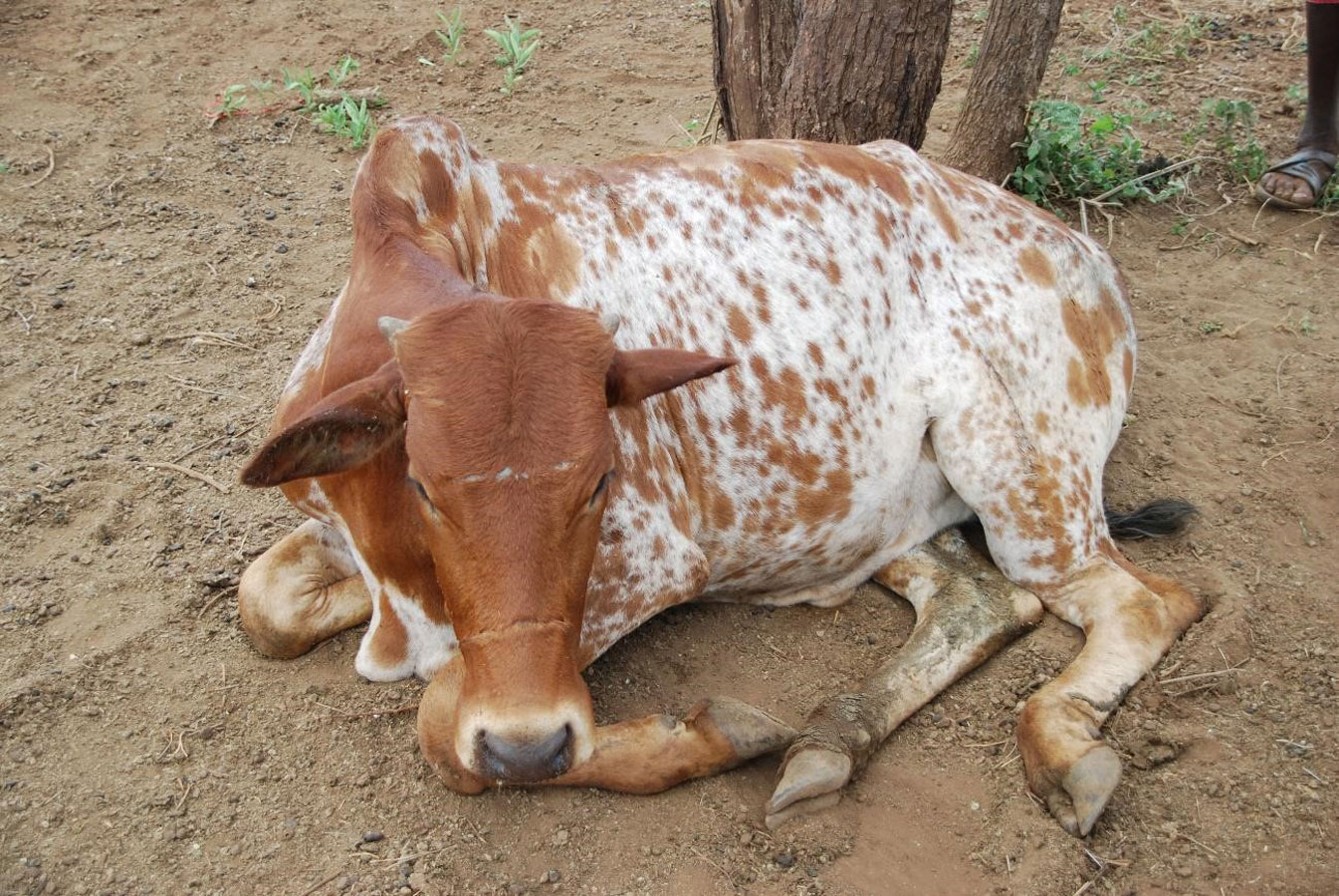Many years ago, this author traveled to Amboseli National Park in southern Kenya to meet with Maasai village elders and residents. The trip wasn’t for tourism, although this particular Maasai village did earn income on the side by occasionally hosting and sharing their culture with tourists. Rather, the trip was to investigate how a lingering drought was threatening their traditional way of life and what might be done about it.
These Maasai hosts were pastoralists living off the milk and meat of their small herds of cattle. An intense drought had reduced the water and forage available for their livestock, but the main trouble for the Maasai at the time was Amboseli’s resident lions—the drought had killed or drove off many of the wild prey animals in the park, pushing the lions to kill domestic cattle in greater numbers. The herders retaliated by killing lions, threatening Kenya’s tourism industry as the lions are far and away the main attraction at Amboseli and other amazing nature sanctuaries in the country.
It was a sensitive dilemma and the park’s managers were then struggling to balance protection for the lions with the imperative of protecting cattle and keeping the Maasai happy. They pondered whether some project or intervention might be designed that could keep cattle safe from lion attacks, thus reducing the human-animal conflict that was threatening the lions’ existence. Years later, new research from South Africa has unveiled clues that could bring would-be innovators closer to delivering lion-proof cattle, or at least livestock less likely to be devoured by wild predators.
168 dead cows
Professor Michael Somers and Dr. Florian Weise of the University of Pretoria said they spent more than two years leading a study on lion attacks on cattle in the Okavango Delta region of South Africa. Lion populations throughout Africa have declined precipitously over the past few decades as humans expanded their farms and grazing pastures deeper into wild territory. The Okavango is one of the last few places on the continent where the lions’ numbers remain strong, but lion mortality is picking up as area herders grow frustrated over rising incidents of lion predation on their cattle. Alarmed, the UP research pair dug into data on attacks looking for patterns. They looked at 168 separate incidents of cattle killed by hungry lions in the region and indeed found patterns and subtle clues on how cows might avoid becoming the lions’ dinner.
“Cattle with a black and brown mottled pelage were most preferred, while pure black, pure white, and dark brown cattle were all significantly avoided.”
In Kenya’s Amboseli, the Maasai weren’t entirely blameless. They protected their villages and cattle mainly by relying on poorly constructed boma, rudimentary pens created by encircling cattle with thorny bushes bunched tightly together. The hungry lions would either put up with the nicks and scratches the thorn bushes delivered or simply leap over these enclosures to get at their prey. Poor fencing and lax attention to stray cattle were also to blame for several lion attacks in South Africa’s Okavango, the University of Pretoria researchers realized.
But they also discovered lions were targeting specific types of cattle. For instance, males were more likely to be victims than females by a wide margin. “Overall, heifers were significantly avoided,” they wrote in the journal Animals. The researchers suspect this is because female cattle are more social and tend to stay in groups, whereas males are more likely to roam alone. Bulls with larger horns were also less likely to be attacked than calves or bulls with small horns. The lions were hungry but cautious at the same time and less willing to risk serious injury when targeting the cattle (https://www.mdpi.com/2076-2615/10/4/692).
Picky eaters
Most curiously, the lions seemed to have a preference for multi-colored cattle. In other words, wandering cows sporting mixed-colored or mottled coating were more likely to be killed and eaten than cows of a single or uniform color, regardless of whether their coloring was dark or light. “Lions did not prefer specific pelage patterns during enclosure-related incidents but showed a clear preference for mixed pelage patterns (blotched and marbled) when killing free-roaming cattle,” Somers and Weisse reported. “Cattle with a black and brown mottled pelage were most preferred, while pure black, pure white, and dark brown cattle were all significantly avoided.”
Like domestic cats, lions have excellent night vision but don’t perceive colors very well, so the researchers aren’t quite sure why the Okavango’s lions show a preference for mixed-colored cattle. However, they speculate that because lions are good at detecting motion the single-colored cattle might be more difficult for them to spot when these cattle are stationary.
CLAWS Conservancy, a United States nonprofit that collaborated with the Okavango investigation, is looking for ways to reduce conflicts between lions and pastoralists in northern Botswana in a bid to save both. Cattle herders there will frequently poison lions to prevent attacks. CLAWS helps them to instead install better fencing and set up special alert systems while educating pastoralists on lion behavior.
Could the insights just unveiled from the Okavango help them design more resilient cattle in the near future? A solution is almost certainly more complex than breeding single-colored herds. But these clues might bring us closer to protecting the property of smallholder pastoralists struggling to survive in lion country. Grow Further will be on the lookout for new projects and studies aimed at discovering how to best keep livestock safe from the call of the wild.
— Grow Further
Photo credit: A cow badly injured in a lion attack rests near a Maasai village in Amboseli National Park, Kenya. Michael Burnham.




